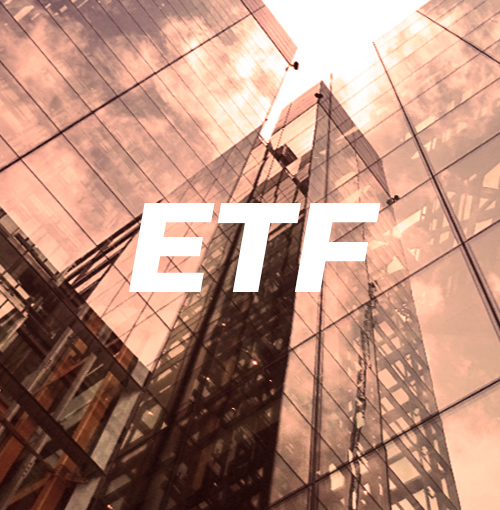
Unraveling the Concept of a Backstop Agreement
In the complex world of corporate finance, investors and issuers often have to deal with an array of financial mechanisms. One such critical mechanism is the 'Backstop Agreement.' This intriguing concept plays an integral part in ensuring the success of securities offerings, thus offering a sense of security to issuers looking to raise capital. This comprehensive guide by Investora aims to shed light on this concept and help readers understand the intriguing world of backstop agreements.
Understanding the Backstop Agreement
Diving into the financial jargon, a 'Backstop Agreement' is an agreement formed to provide support or security for any unsold shares during a securities offering. It essentially serves as a financial safety net that guarantees that the issuer will receive the capital they seek from the issuance.
The concept of backstop can be thought of as a kind of safety net for issuers venturing into the capital market. If a particular portion of the issued securities does not find any takers, the backstop provider, often an underwriter or a major stakeholder like an investment bank, steps in to purchase those shares.
How Does a Backstop Agreement Work?
In essence, the backstop agreement is a form of assurance rather than an insurance policy. It's an agreement made with certain organizations, typically investment banks, who commit to purchasing a specific number of unsold shares, thus providing a guarantee of a minimum level of fundraising.
This agreement between the issuer and the backstop provider is often referred to as a firm-commitment underwriting deal. It signifies that the backstop provider takes responsibility for the agreed number of shares if they remain unsold in the open market, promising to provide the corresponding capital in exchange.
The effect of this agreement is twofold. It reassures the issuer that they can raise the minimum required capital regardless of the market conditions and transfers all risks associated with the specified shares to the backstop provider.
The Nature of Backstop Agreements
The specifics of the backstop agreement can vary depending on the issuer and the backstop provider. For instance, the backstop provider may offer a revolving credit loan to the issuer to boost their credit ratings, or they could issue letters of credit as guarantees.
However, it's essential to understand that once the backstop provider takes possession of any shares, those shares are treated as any other market-acquired investment. The issuer cannot place any restrictions on how these shares are traded. The backstop provider may choose to either hold or sell these securities in accordance with prevailing regulations.
Backstop Agreement Examples and Variations
Backstop agreements are used widely across different types of offerings. In a rights offering, for instance, an announcement might declare that "Company A will provide a 100 percent backstop of up to $100 million for any unsubscribed portion of the Company B rights offering." If Company B aims to raise $200 million but can only raise half through investors, Company A will purchase the remaining $100 million.
The concept is not restricted to equity placements alone. In the case of bond issues, a backstop agreement ensures the underwriting bank or syndicate will purchase any unsold or unsubscribed bonds at a predetermined price.
The Volcker Rule and Backstop Agreements
The Volcker Rule, a significant financial regulation, separates a firm's commercial and investment banking activities. This rule, aimed at avoiding conflicts of interest and unfair practices, has provisions that directly impact backstop agreements. It prevents an underwriting bank from backstopping a securities issue if it results in a conflict of interest or poses a threat to the financial stability of the firm or the nation.
Conclusion:
Backstop agreements represent an important tool in the realm of corporate finance, offering assurance and stability in the volatile world of securities offerings. By comprehending the function and applications of these agreements, market participants can navigate the complex waters of finance with increased confidence and understanding.
In the world of securities offerings, a backstop agreement acts as a safety net for issuers, ensuring the success of their capital-raising endeavors. Whether it's equity placements or bond issues, the backstop agreement provides a guarantee of a certain level of fundraising, making it an essential tool in corporate finance.
- Share this article





